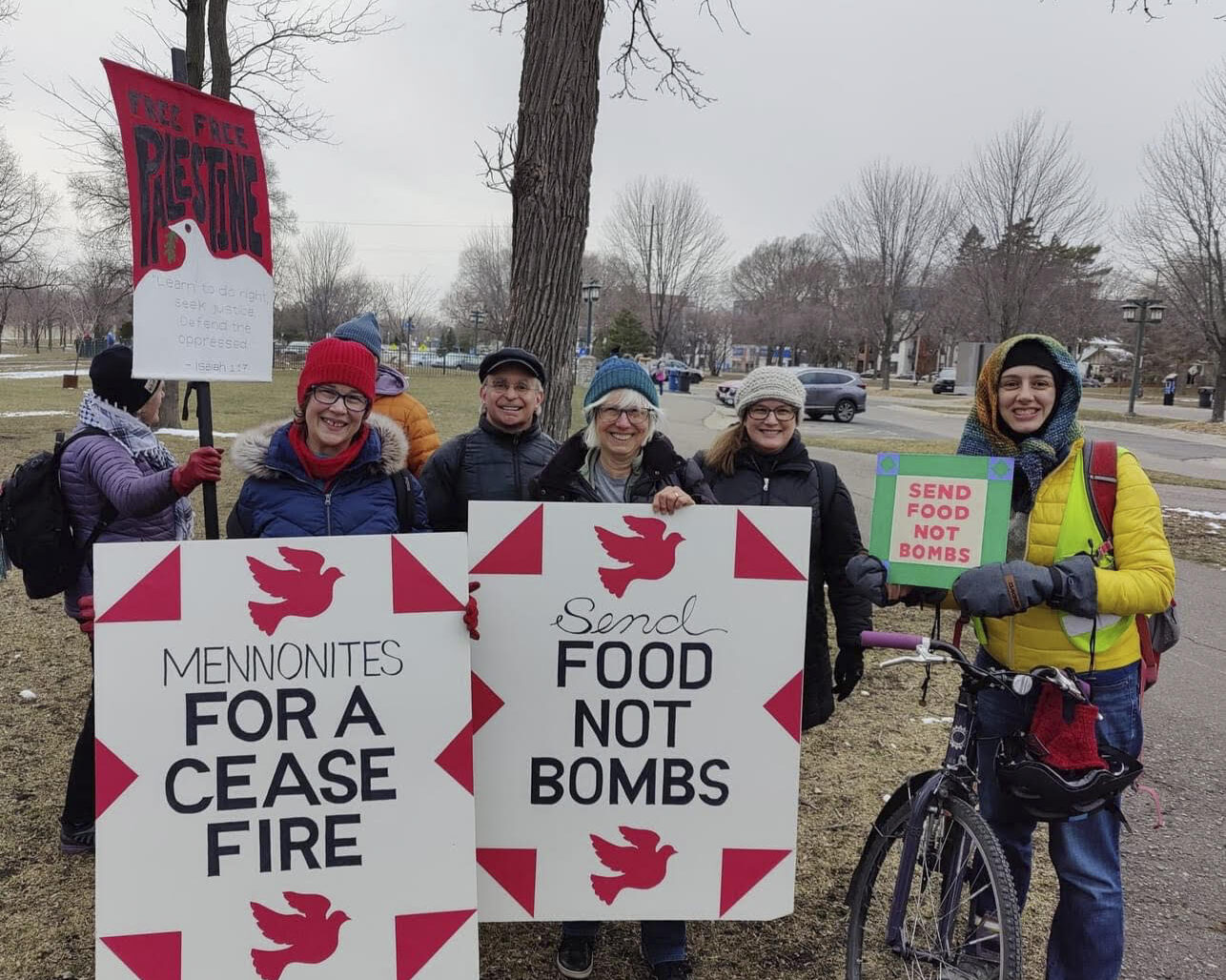When the Minneapolis YWCA rammed through its pay-to-park scheme at the Midtown YWCA, did it omit anything that might be viewed as stretching the truth?
Yes! First, CEO Frías justified the pay-to-park gated system on one reason only: non-members were depriving members of parking spots. What she omitted was any credible data that proved this conclusion, and her conclusion is contradicted by the experience of the vast majority of members. For example, I’ve been a member for 25 years, and I’ve never come up empty-handed. I’m one of legions. So where’s the beef?
At times, the lot has been crowded, very crowded, but why? Almost always, it’s because the activities at the Y are being complemented by activities at the adjacent Minneapolis Sports Center, which uses the same lot. If spots grow scarce, it has nothing to do with non-members sneaking in.
As to the Doris Overby incident, can we detect any omissions? She and her signature-gathering were rudely hustled off the stage on the grounds that she was violating a rule on illicit “solicitation.” Sadly, Ms. Overby was never told where this sacred injunction was lodged. You’d think it would be in the Membership Policies, but it’s not.
When confronted with this embarrassing fact, “Y Management,” as they opaquely call themselves, waxed creative. They contend that the rule is in the Membership Policies after all because it’s covered by the Harassment entry—even though that entry makes no mention of signature-gathering. Nonetheless, members should be prudent, so the next time you see a senior citizen gathering signatures, call 911 and report harassment.
Then there’s the omission in the YWCA’s creed: “Eliminating Racism and Empowering Women,”—unless the woman happens to make “Y Management” uncomfortable, in which case she’s swiftly escorted to the door by staff members reeling from harassment. So, let’s note another omitted, but thriving rule: “Empowerment Must Never Come at the Expense of Power.”
A favorite leitmotif of Ms. Frías is that the pay-to-park scheme was, lamentably, the last resort. Is there anything omitted here? Yes, such as the cavalcade of all the options she leaped over to get to her last resort. Since Y Management’s only declared motive for putting in a parking gate was to block non-members, Ms. Whoever’s senior economics class at South High could have come up with any number of gate-raising mechanisms that didn’t impose an indefinite $180 increase in parking fees to pay for a fixed cost project of $200,000. In fact, the students might have pointed out that the cost of the system could have been included in the capital budget, so why should members pay a dime for it? That’s not a bad last resort.
Events at the Uptown YWCA reveal another omission—the real reason for the pay-to-park system. For many years, the Uptown Y has had a pay-to-park gated system, one that blocked non-member parking. Nonetheless, Y Management dismantled this system and installed one identical to the new one at Midtown.
Puzzling, right? Why would Y Management spend thousands of dollars to install a system that’s no better than the old one? The decision seems irrational and wasteful, because those funds could have served pressing needs.
The mystery dissolves when we note one difference between the old system and the new one. Under the old system, members had to present their membership cards to enter the facility before paying for parking. That, and not a gate per se, is what blocked non-members. Under the new system, the membership card vanishes, and only a credit card is needed.
What to make of this? Here, we are advised to follow the advice of John Mitchell, Richard Nixon’s felonious attorney general. Mitchell urged, “Watch what we do, not what we say.” Y Management keeps saying that the new parking system’s sole purpose is to exclude non-members. Alas, the new system invites non-members to park in their lots.
For example, consider the choices facing a driver who wants to park in the Uptown area on a snowy day in December. Let’s assume that there’s no street parking. The driver realizes, “I can park in the YWCA lot for 75 minutes for only a dollar. And it has two floors, so if I park on the ground level, my car’s snow free. It’s a no brainer!” In a twist Orwell would have loved, it’s likely that non-members will usurp the parking spots of members. Not a problem if a new cash flow is a priority.
Frías was right when she noted that the demand for parking outstrips the supply. This proved to be an opportunity not to secure a free lot for members, but to turn the Midtown lot and the others into a cash machine delicately tended by “Y Management.”
This interpretation of the story explains two key aspects of the game: the rush to impose the system without consulting the members and the rush to stifle Doris Overby. Had Frías consulted, members would have penetrated the fog and acted to alter the plan. And sweeping out Ms. Overby was a variation on the theme.
We should ask, “If the Y opened the door to non-members, why did they cite blocking non-members as the sole reason for the new parking system? Because it was a perfect Trojan Horse. If gates were needed, members would support that goal and assumed that Frías was earnest in achieving it.
Which leaves us with two basic omissions: candor and integrity.
We often forget that the “C” in YWCA stands for Christian, a religion founded in love and support for the poor, the vulnerable, the oppressed and the disenfranchised. By imposing costly new parking fees, Y management has made it that much harder for these people to benefit from the facilities and services of the Y.























